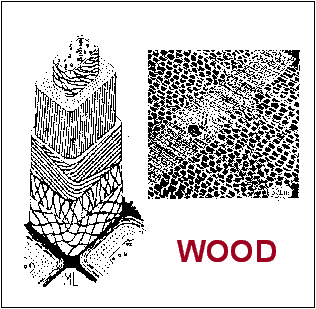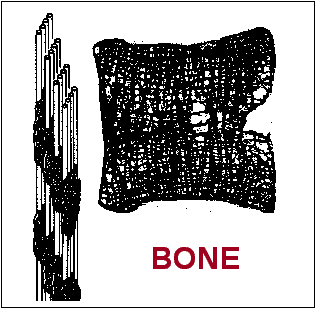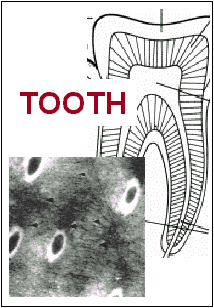- Home
- News
- General News
- Looking inside bones,...
Looking inside bones, teeth and wood
15-01-2003
Share
|
Have you ever wondered how teeth can resist all kinds of constraints up to the late stages of our lives? Or why trees grow high and don't break despite meteorological events such as strong winds and storms? Or what happens to bones and how they look like in illnesses such as osteoporosis? All these questions had their answers in last week's seminar "Hierarchical structure of wood, bone and tooth - scanning x-ray microdiffraction studies" by Dr. Peter Fratzl, a material scientist from the Austrian Academy of Sciences. He comes regularly to the ESRF for these studies, on ID13, the microfocus beamline. |
|
You may ask yourself what do bones, teeth and wood have in common. These three items have a hierarchical structure that offers a very different image of them depending on how close you observe them. In this sense, if we look deep inside we discover cellular structures that contain fibre composites. The methods used to study these structures at the ESRF are small angle X-ray scattering and scanning X-ray microdiffraction. These techniques are able to cover two scales simultaneously: the nanometre scale by the analysis of the diffraction patterns, and the micrometre scale by scanning the sample across the X-ray beam, which is a few micrometres wide. |
 |
|
Combined with nanoindentation, which provides information about the mechanical properties of the sample, this kind of research can have many applications. In the domain of bone structure, researchers study the evolution of bones through age (throughout one's lifetime, old bone is removed -resorption- and new bone is added to the skeleton -formation-). Thanks to the high resolution of the images they obtain, scientists test different treatments against illnesses such as osteoporosis (when bone resorption occurs too quickly or if replacement occurs too slowly) or Osteogenesis Imperfecta, most known as "brittle bone disease". In the case of wood, it is useful for wood industry to know where the tree is more stiff and where it is more flexible. The study on the tooth has shown that its properties are graded in order to have a better long-term stability against failure of the tooth. Since teeth have proved to be very resistant materials, engineers try to copy their structure in artificially created materials. |
 |
 |
|
For more information, please contact press@esrf.fr |



